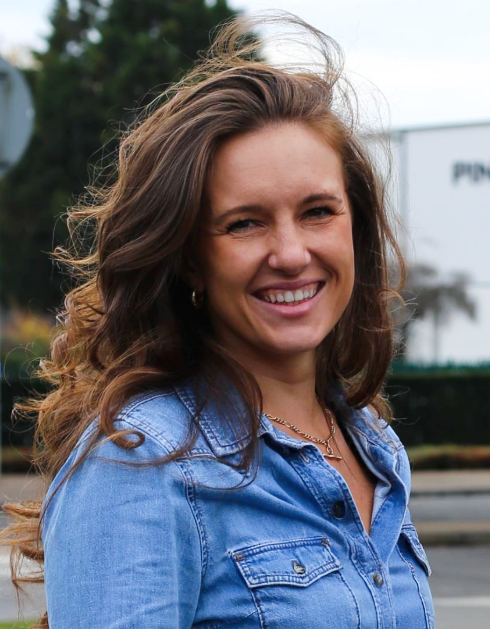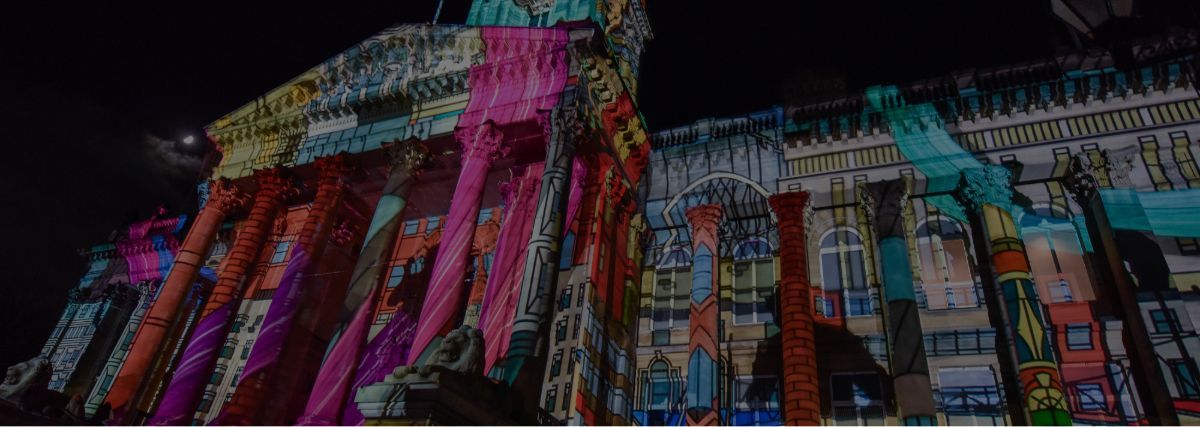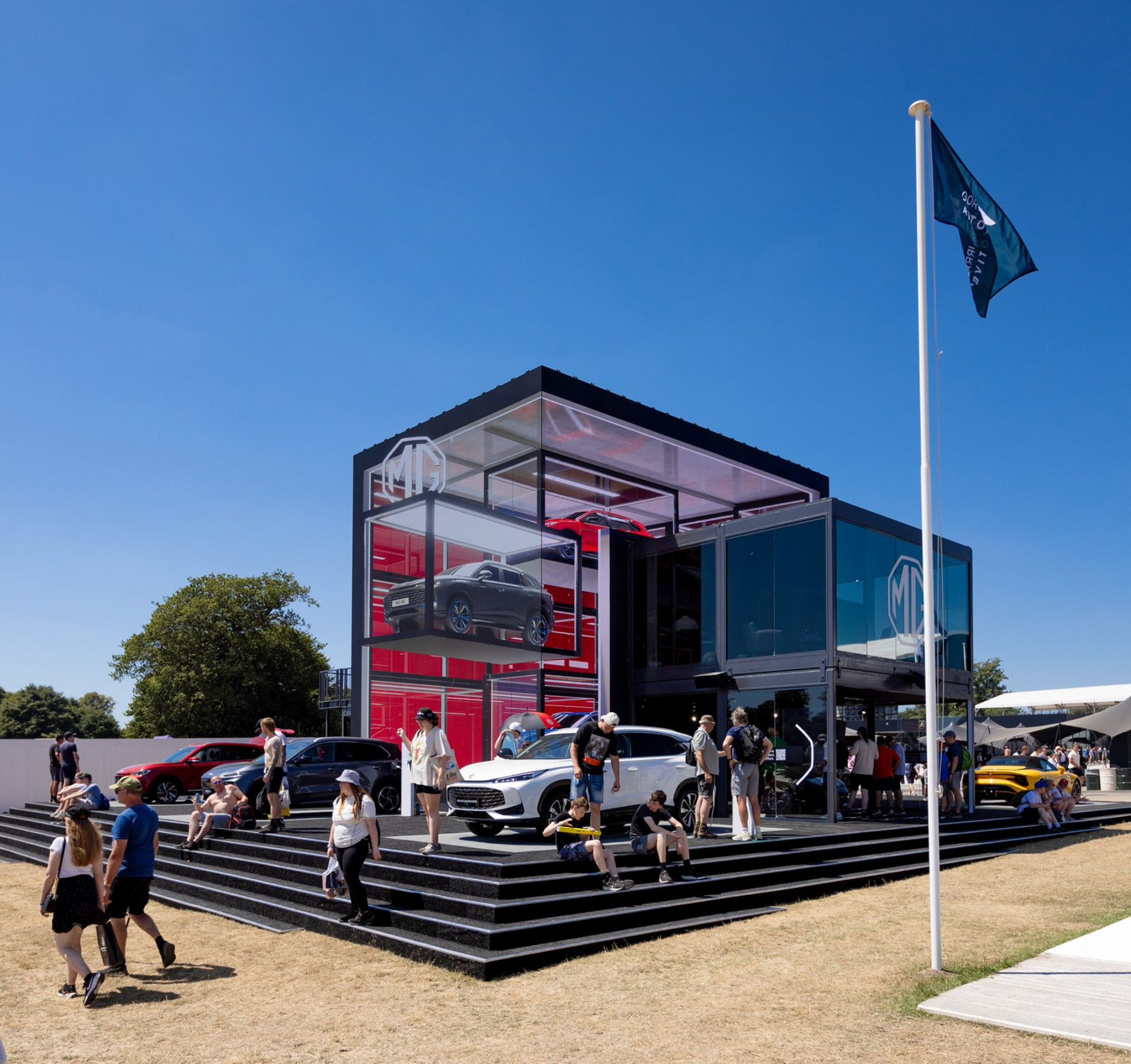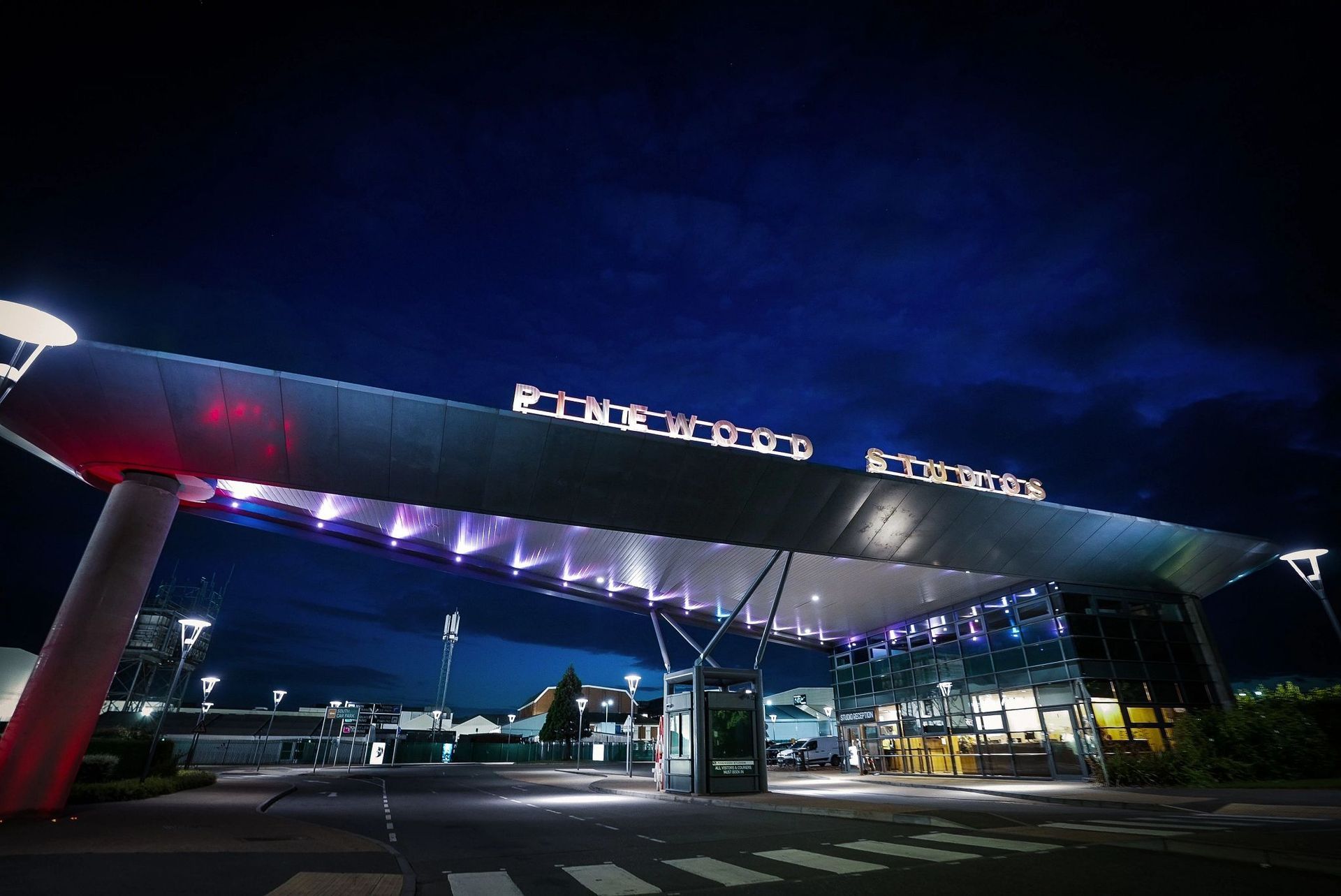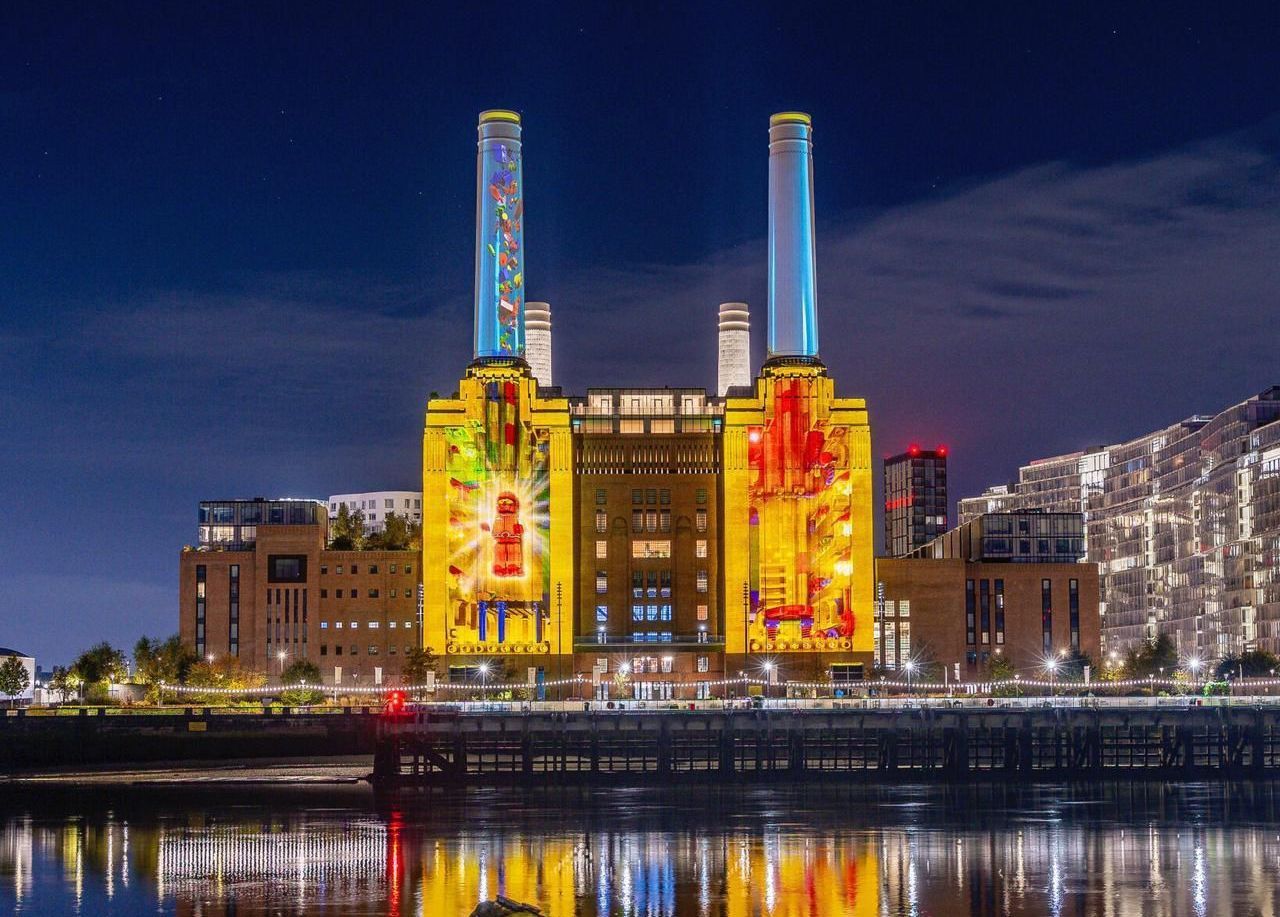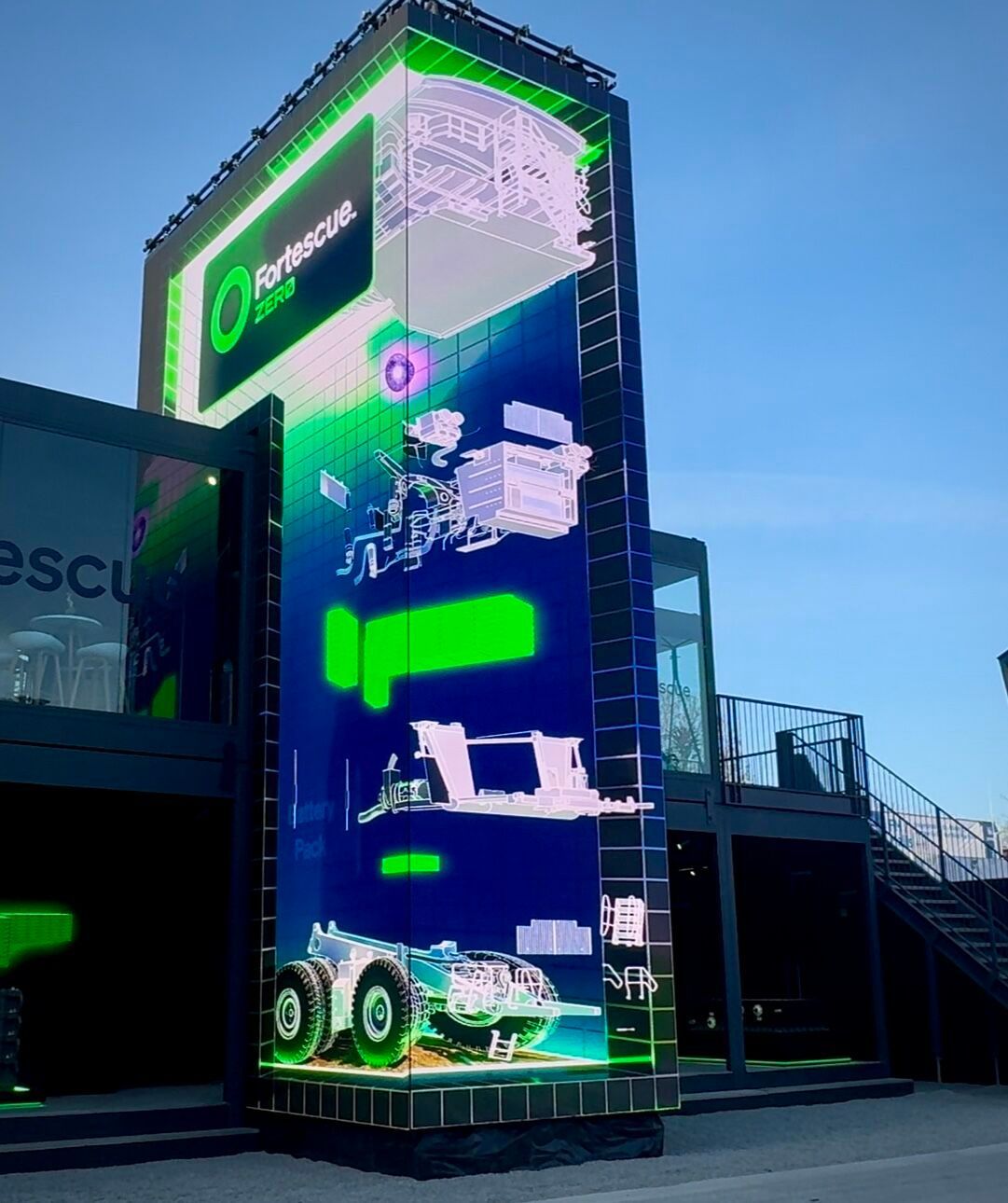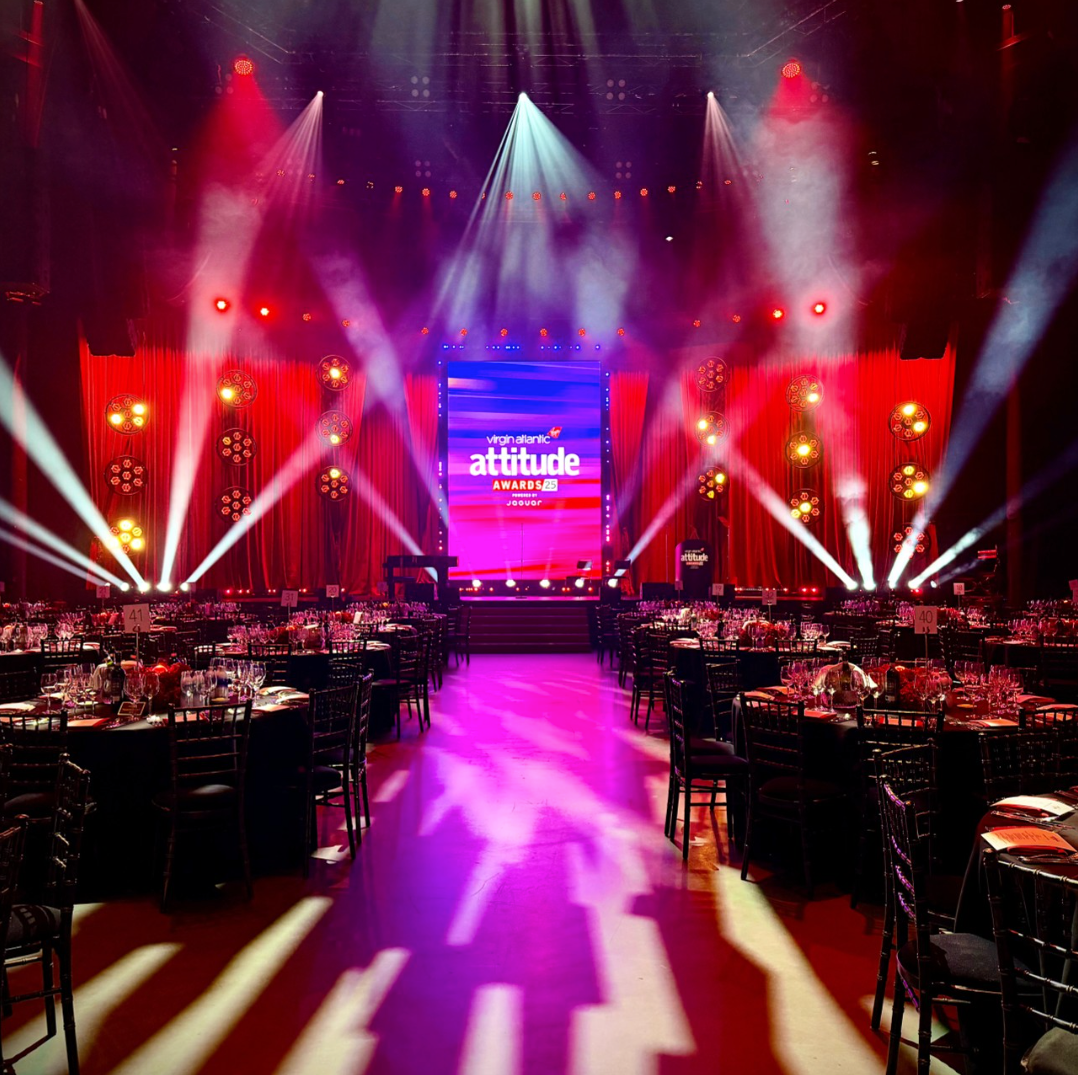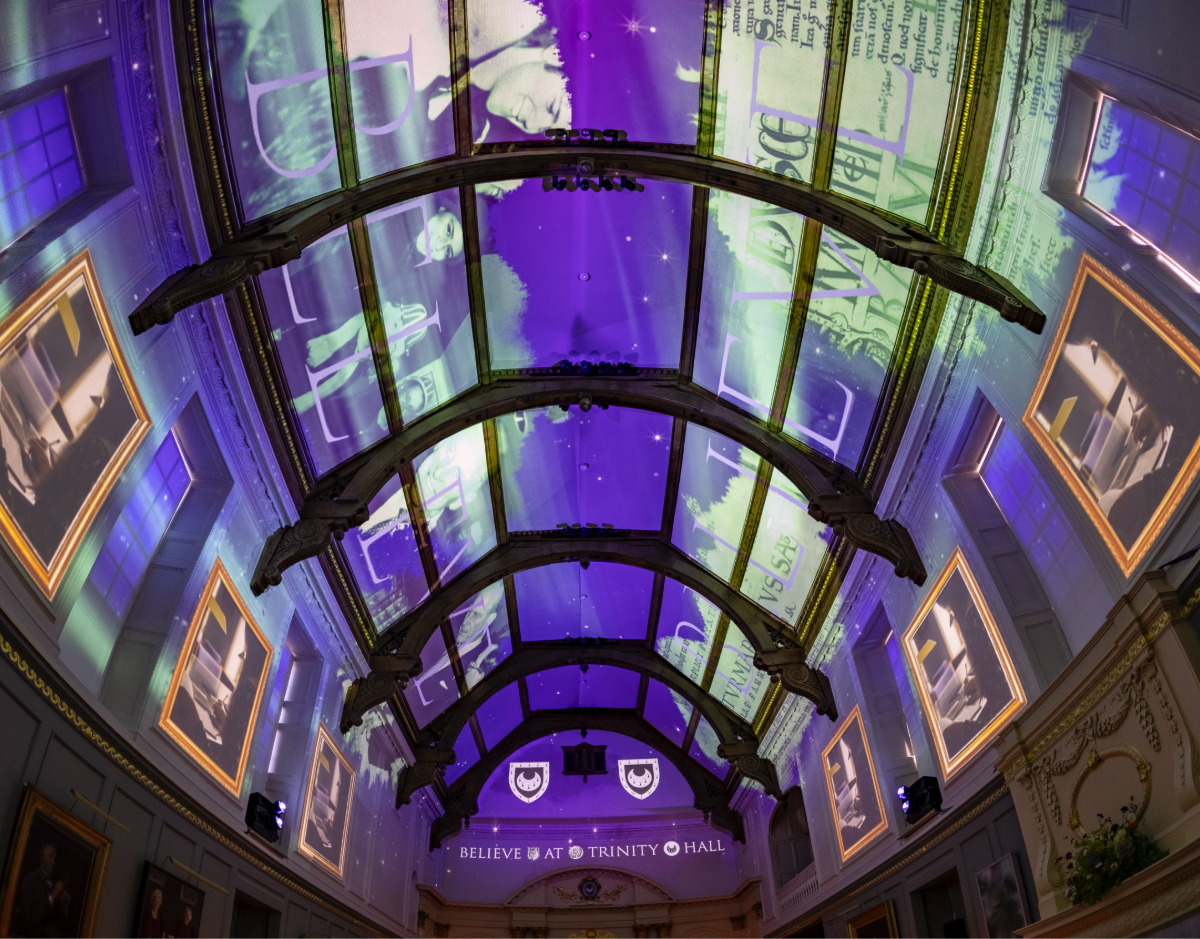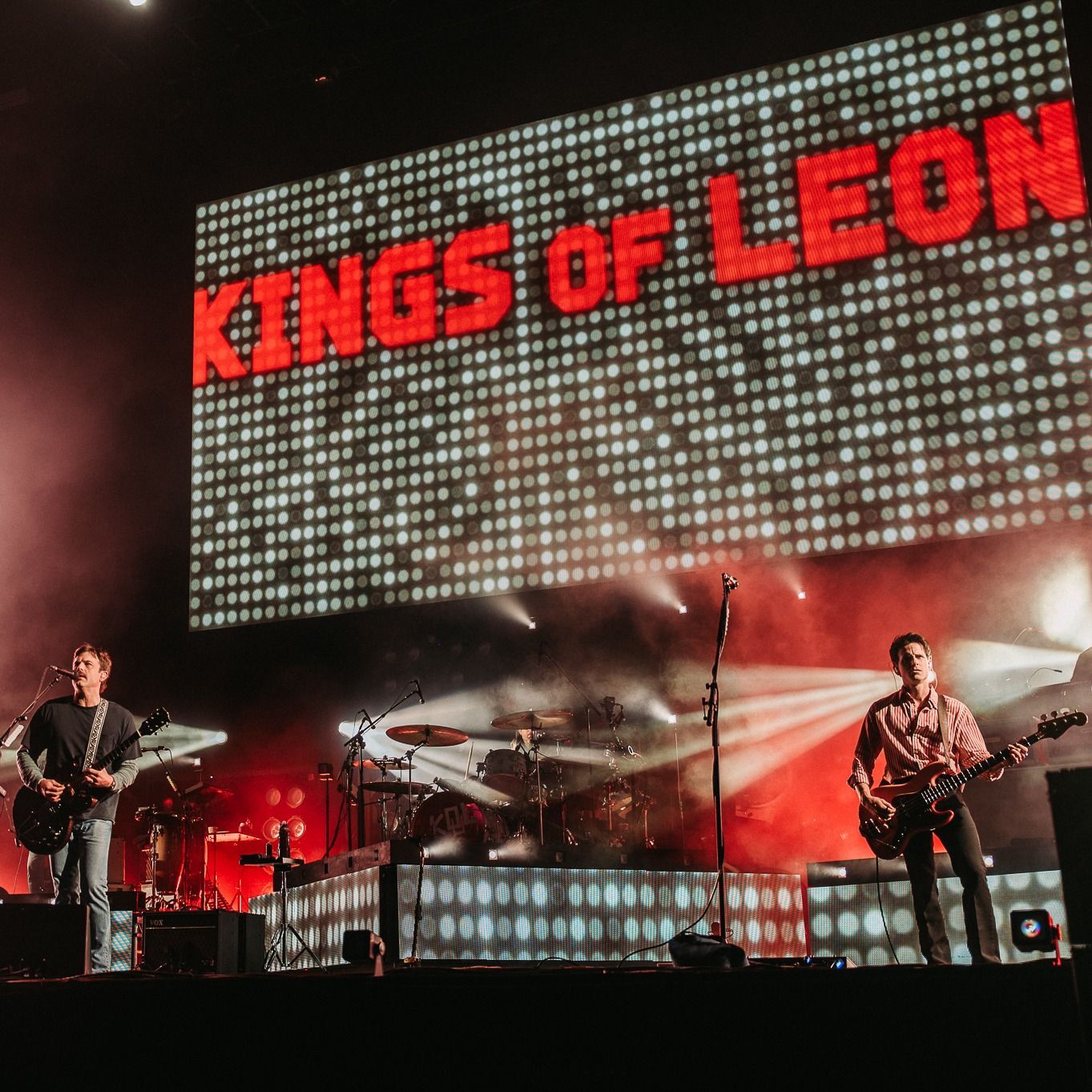Why Pro-LED is Essential for Exceptional Experiences
In a landscape where audiences are more visually discerning than ever, display technology isn’t just a tool; it’s the stage upon which your brand, message, and creativity come to life. And not all stages are created equal.
At iMAG, we have long recognised high-end LED solutions as the cornerstone of elevated visual storytelling. That’s why we are proud to be a ROE Visual house, working exclusively with the world’s leading LED manufacturer to ensure that every project we undertake meets uncompromising standards.
“There’s a difference between ‘good enough’ and genuinely world-class,” says Alex Strachan, Managing Director and Technical Director at iMAG. “When our clients invest in high-profile moments, whether it's a headlining festival slot, a global brand launch, or a unique experiential marketing stunt, they deserve technology that enhances, not limits, their vision.”
Not All LED is Created Equal
Whether you're producing an immersive brand activation or delivering a high-profile corporate conference, here are four reasons why professional-grade LED technology sets the benchmark:
Exceptional Image Quality: High-resolution pixel pitches, 16-bit colour depth, and advanced HDR capabilities ensure stunning clarity, deep contrast, and precise colour reproduction. This is essential for brand storytelling, close-up camera work, and immersive design, where every visual detail matters. For our clients, this means a final output that reflects their brand with breathtaking precision, elevating both visual impact and audience perception while delivering peace of mind that their message will land exactly as intended.
Unshakable Reliability: ROE products are meticulously engineered for durability, stability, and long-term resilience, even in the most demanding environments. That kind of dependability gives production teams the freedom to focus on the creative, not the kit, confident that everything will perform perfectly, every time.
Broadcast-Ready Performance: Panels such as our ROE Ruby or Black Pearl 2v2 offer ultra-high refresh rates, low scan ratios, and low latency, making them ideal for multicam setups and virtual production stages. They integrate seamlessly with camera systems, preventing flicker and moiré effects, ensuring smooth visuals for live feeds and recordings.
Creative Flexibility: With modular designs and options for corners and curves, we can create bespoke solutions that respond to your creative ambitions. Whether the challenge involves a 360-degree rig, a seamless cube, or a fully integrated studio volume, we can make it happen.
Beyond the Price Tag: Why Confidence Comes from Quality
Let’s be honest: budget is always a consideration. But when stakes are high, cheap can become costly. There’s no worse feeling than seeing an experience falter because of kit that couldn’t keep up.
“We may not be the cheapest option, and that’s intentional,” Alex explains. “We’d rather deliver something extraordinary and reliable than cut corners. Our clients aren’t just paying for pixels; they’re investing in peace of mind, executional excellence, and a partner who understands what’s at stake. With iMAG, you’re not just hiring gear. You’re gaining a partner who treats your vision with the same intensity, pride, and care as you do.”
The Bottom Line?
Don’t compromise. Because when your brand’s story unfolds in front of thousands, you only get one shot to make it unforgettable.
We’re always eager to collaborate with forward-thinking creatives, producers, and technologists. Contact Us to explore how we can support your next big idea.
